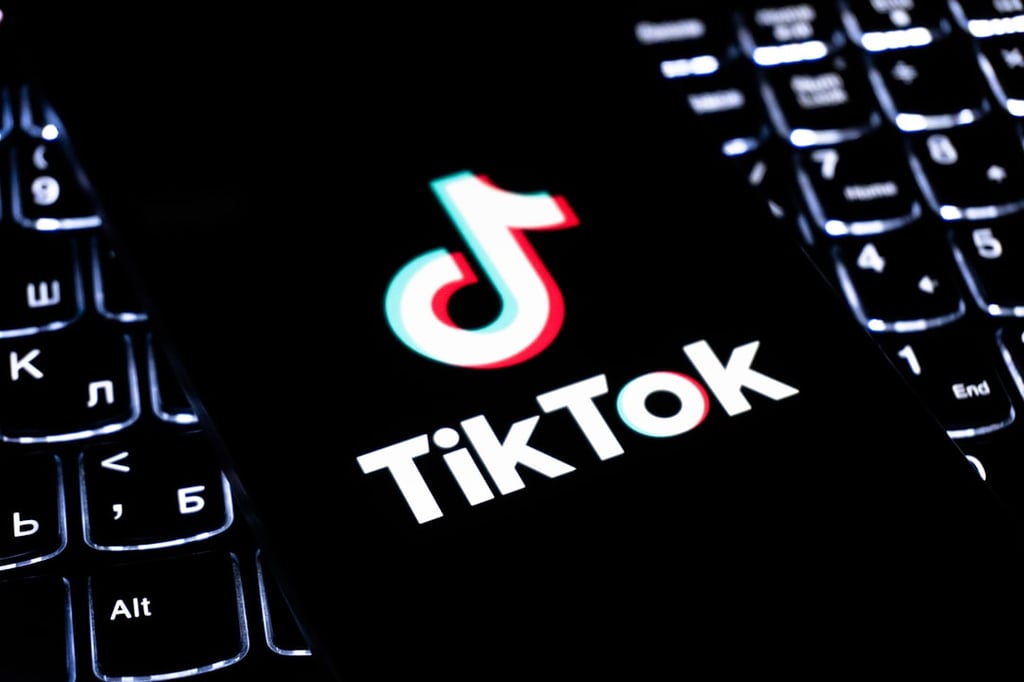Add falsified data to the growing list of concerns surrounding the burgeoning Internet of Things (IoT) market. Gartner, a technology research firm, predicts that by 2020 there will exist a black market for fake sensor and video data valued at over $5 billion. Although much of that data will be used to mask criminal activity, […]
Datamation content and product recommendations are
editorially independent. We may make money when you click on links
to our partners.
Learn More
Add falsified data to the growing list of concerns surrounding the burgeoning Internet of Things (IoT) market.
Gartner, a technology research firm, predicts that by 2020 there will exist a black market for fake sensor and video data valued at over $5 billion. Although much of that data will be used to mask criminal activity, at least some of it will be used to protect privacy.
Ted Friedman, vice president and distinguished analyst at Gartner, believes that this will also help reignite the privacy debate.
“A black market for fake or corrupted sensor and video data will mean that data can be compromised or substituted with inaccurate or deliberately manipulated data,” said Friedman in a statement. “This scenario will spur the growth of privacy products and services, resulting in an extensive public discussion regarding the future of privacy, the means to protect individual privacy, and the role of technology and government in privacy protection.”
On a related note, enterprises will be boosting their data security spending to thwart attackers.
By 2020, Gartner expects firms to devote 20 percent of their annual security budgets to locking down their IoT environments, up from less than one percent last year. Sensing an opportunity, the top “cybersecurity vendors and service providers are already delivering roadmaps and architecture of IoT security,” noted Gartner vice president, Earl Perkins, in a statement.
The market for IoT security products is attracting a new wave of startups, which are “delivering niche IoT security in areas such as network segmentation, device-to-device authentication and simple data encryption are offering first-generation products and services, including cloud-based solutions where applicable,” said Perkins. Meanwhile, established vendors have started snapping up startups to fill out their portfolios.
IoT security challenges aside, enterprises will also face a time crunch. Seventy-five percent of IoT projects will take up to twice as long to complete than originally planned through 2018, expects Gartner.
In an attempt to remain on-schedule, some organizations will cut corners, which inevitably leads to cost overruns associated with fixing shortcomings in security, performance and the integration process. In extreme cases, some projects may end up completely scrapped and restarted.
As is often the case, the weakest link in IoT projects will be “people issues,” according to Alfonso Velosa, research vice president at Gartner.
“Most of these issues will center on the normal introduction of a new technology model. It will be complicated by emerging business models that will require process and cultural change. Addressing both of these will lead to projects going over schedule,” stated Velosa in prepared remarks.
Pedro Hernandez is a contributing editor at Datamation. Follow him on Twitter @ecoINSITE.
Photo courtesy of Shutterstock.
-
Ethics and Artificial Intelligence: Driving Greater Equality
FEATURE | By James Maguire,
December 16, 2020
-
AI vs. Machine Learning vs. Deep Learning
FEATURE | By Cynthia Harvey,
December 11, 2020
-
Huawei’s AI Update: Things Are Moving Faster Than We Think
FEATURE | By Rob Enderle,
December 04, 2020
-
Keeping Machine Learning Algorithms Honest in the ‘Ethics-First’ Era
ARTIFICIAL INTELLIGENCE | By Guest Author,
November 18, 2020
-
Key Trends in Chatbots and RPA
FEATURE | By Guest Author,
November 10, 2020
-
Top 10 AIOps Companies
FEATURE | By Samuel Greengard,
November 05, 2020
-
What is Text Analysis?
ARTIFICIAL INTELLIGENCE | By Guest Author,
November 02, 2020
-
How Intel’s Work With Autonomous Cars Could Redefine General Purpose AI
ARTIFICIAL INTELLIGENCE | By Rob Enderle,
October 29, 2020
-
Dell Technologies World: Weaving Together Human And Machine Interaction For AI And Robotics
ARTIFICIAL INTELLIGENCE | By Rob Enderle,
October 23, 2020
-
The Super Moderator, or How IBM Project Debater Could Save Social Media
FEATURE | By Rob Enderle,
October 16, 2020
-
Top 10 Chatbot Platforms
FEATURE | By Cynthia Harvey,
October 07, 2020
-
Finding a Career Path in AI
ARTIFICIAL INTELLIGENCE | By Guest Author,
October 05, 2020
-
CIOs Discuss the Promise of AI and Data Science
FEATURE | By Guest Author,
September 25, 2020
-
Microsoft Is Building An AI Product That Could Predict The Future
FEATURE | By Rob Enderle,
September 25, 2020
-
Top 10 Machine Learning Companies 2021
FEATURE | By Cynthia Harvey,
September 22, 2020
-
NVIDIA and ARM: Massively Changing The AI Landscape
ARTIFICIAL INTELLIGENCE | By Rob Enderle,
September 18, 2020
-
Continuous Intelligence: Expert Discussion [Video and Podcast]
ARTIFICIAL INTELLIGENCE | By James Maguire,
September 14, 2020
-
Artificial Intelligence: Governance and Ethics [Video]
ARTIFICIAL INTELLIGENCE | By James Maguire,
September 13, 2020
-
IBM Watson At The US Open: Showcasing The Power Of A Mature Enterprise-Class AI
FEATURE | By Rob Enderle,
September 11, 2020
-
Artificial Intelligence: Perception vs. Reality
FEATURE | By James Maguire,
September 09, 2020
SEE ALL
ARTICLES









